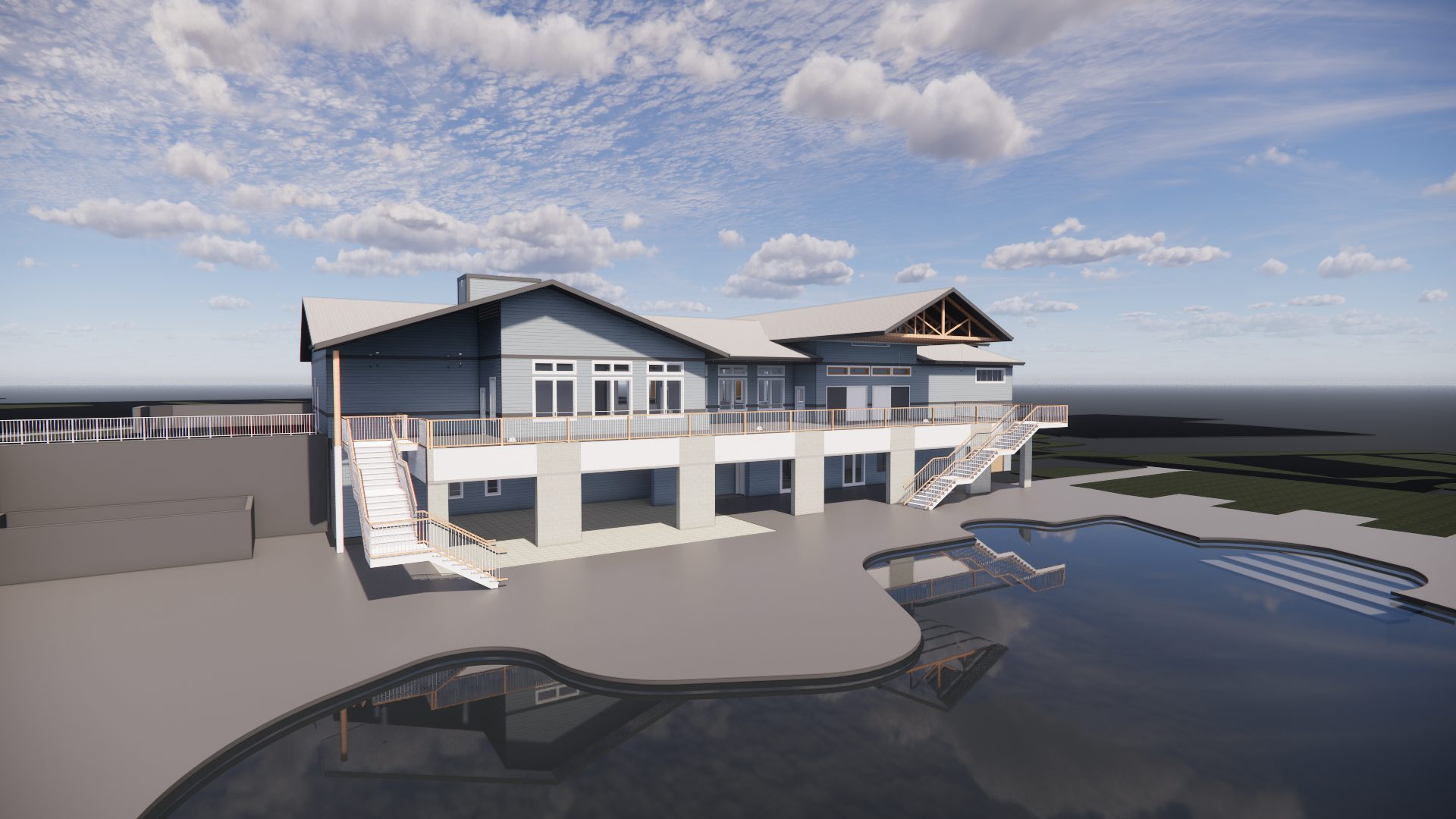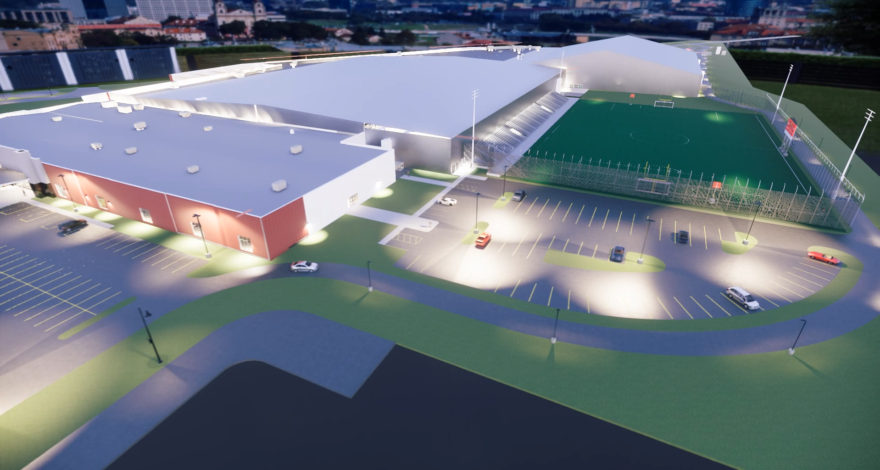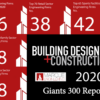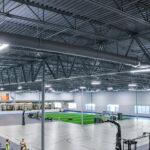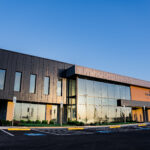Recent data shows that 83% of expert BIM users have experienced a positive Return on Investment (The Evidence Is in 20+ Stats That Prove That BIM Technology Delivers ROI, 2022).
Building Information Modelling (BIM) injects practical value and efficiency into projects, transcending mere speculation and becoming a proven asset. As we delve into the dynamic world of construction and design, BIM has proven that it goes beyond the constraints of traditional 3D modelling, introducing a layer of intelligence that revolutionizes the way we conceive and execute building projects.
BIM is not a mere visual representation; it is a holistic approach that integrates metadata into the 3D model.
This infusion of specific modelling details and information distinguishes BIM from simple 3D modelling, making it a powerful and comprehensive digital tool for architects, engineers, and construction professionals.
The implementation of BIM is facilitated by advanced software like Revit and Navisworks.
BIM offers several benefits:
- Enhanced Detail: BIM provides an unparalleled level of detail, allowing precise specification of materials and dimensions, leading to a more accurate representation of building elements.
- Time and Cost Savings: BIM’s clash detection capabilities enable the identification and resolution of issues before construction begins, resulting in significant time and resource savings. Contractors can utilize BIM models for fabrication, ensuring efficiency and accuracy.
- Visualization: BIM offers the opportunity to view the building in virtual reality, allowing stakeholders to navigate and visualize structures with unparalleled clarity.
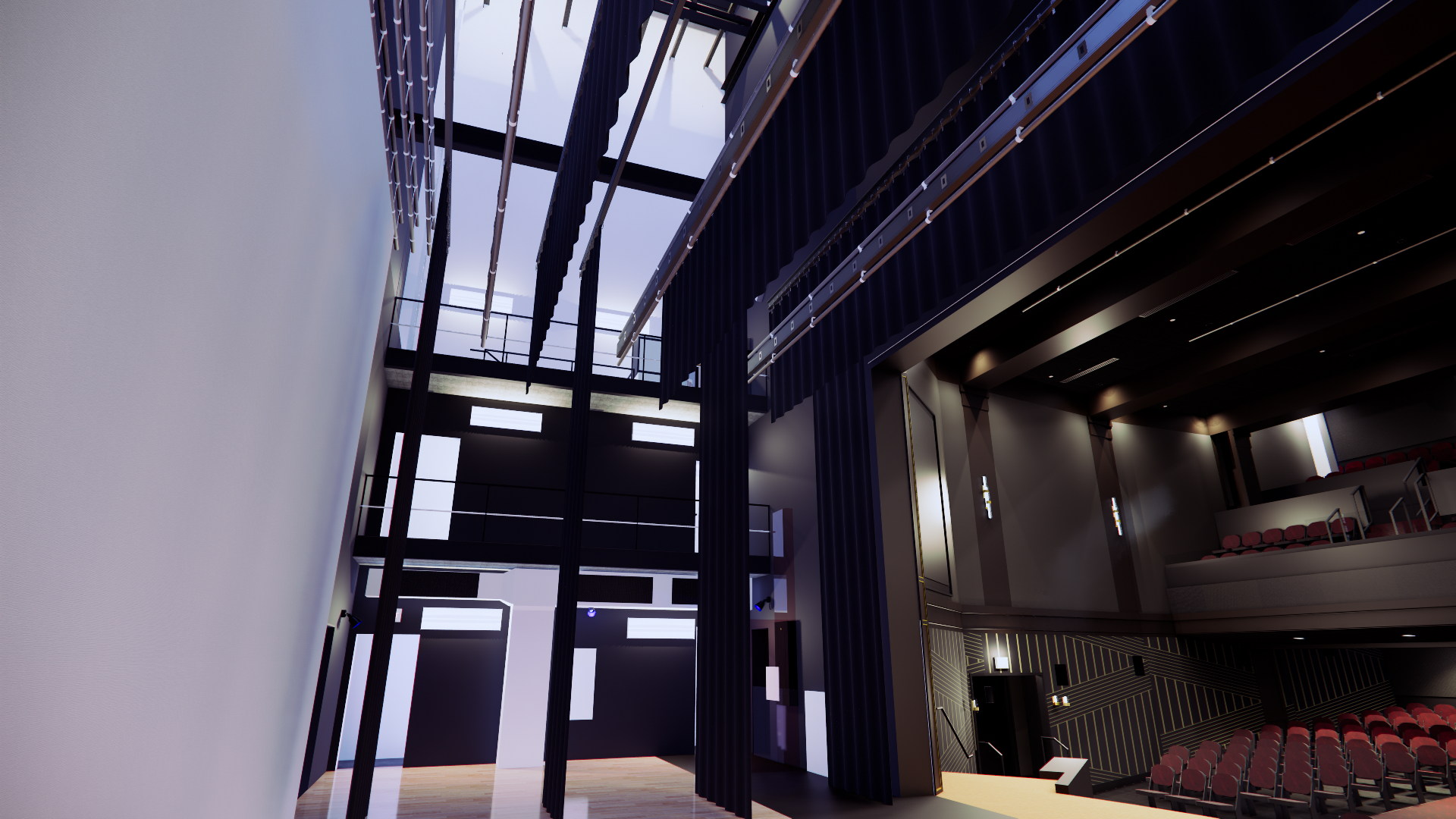
BIM finds practical application in diverse projects, from complex kitchen designs to industrial prototypes.
For example, while engineering a kitchen design project, a 3D model in Revit can provide isometric views that can aid understanding and accurate fabrication. In an industrial setting, BIM plays a crucial role in engineering intricate piping systems with details such as pipe length, material, fittings, valves, pressure drop, and other engineering data.
Marque Engineering places a strong emphasis on continuous training and education for its engineers. Recognizing the value of hands-on experience, we have implemented training programs where seasoned experts guide and support their colleagues in the transition to BIM to help navigate the learning curve successfully.
To maintain an edge in the dynamic BIM landscape, Marque Engineering stays on top of the latest developments through active engagement with Autodesk newsletters & Autodesk University. Additionally, we continually enhance our expertise by taking Revit certification exams and exploring the innovative features introduced with new releases of Revit software.
Evan Duffy, BIM Manager and Architectural Engineer, is a driving force behind the successful integration and advancement of Building Information Modelling (BIM) within Marque Engineering.
His experience includes the attendance and presentation at the Cincinnati BIM Users group and various training workshops, as well as leading the BIM standards development at Marque Engineering
Evan had this to say when asked about the continued impact that BIM is having on the AEC industry:
“Not only does BIM provide unparalleled precision, but it allows us as engineers to become more familiar with our projects. We can stand inside a room in Virtual Reality and see exactly how our mechanical systems are going to work, and identity any issues before they arise. We can look at our lighting designs and have confidence in how they will perform in the field. BIM allows our clients to visualize what is behind walls and above ceilings before ever setting foot on a job site.”
Marque Engineering is utilizing this technology on nearly 60% of all projects and this has continued to increase during recent years. This includes quick service restaurant (QSR) projects like Starbucks across the nation, to larger undertakings such as the Spooky Nook Sports Champion Mill indoor sports complex in Hamilton OH. BIM is becoming an integral part of Marque Engineering’s project development process, enhancing precision, efficiency, and overall project success.
Are you ready to leverage the power of BIM on your next project? Our team is ready to take your project to the next level.
Contact our team today for more information and to get started!
Evan Duffy, BIM Manager and Architectural Engineer, eduffy@marqueeng.com
